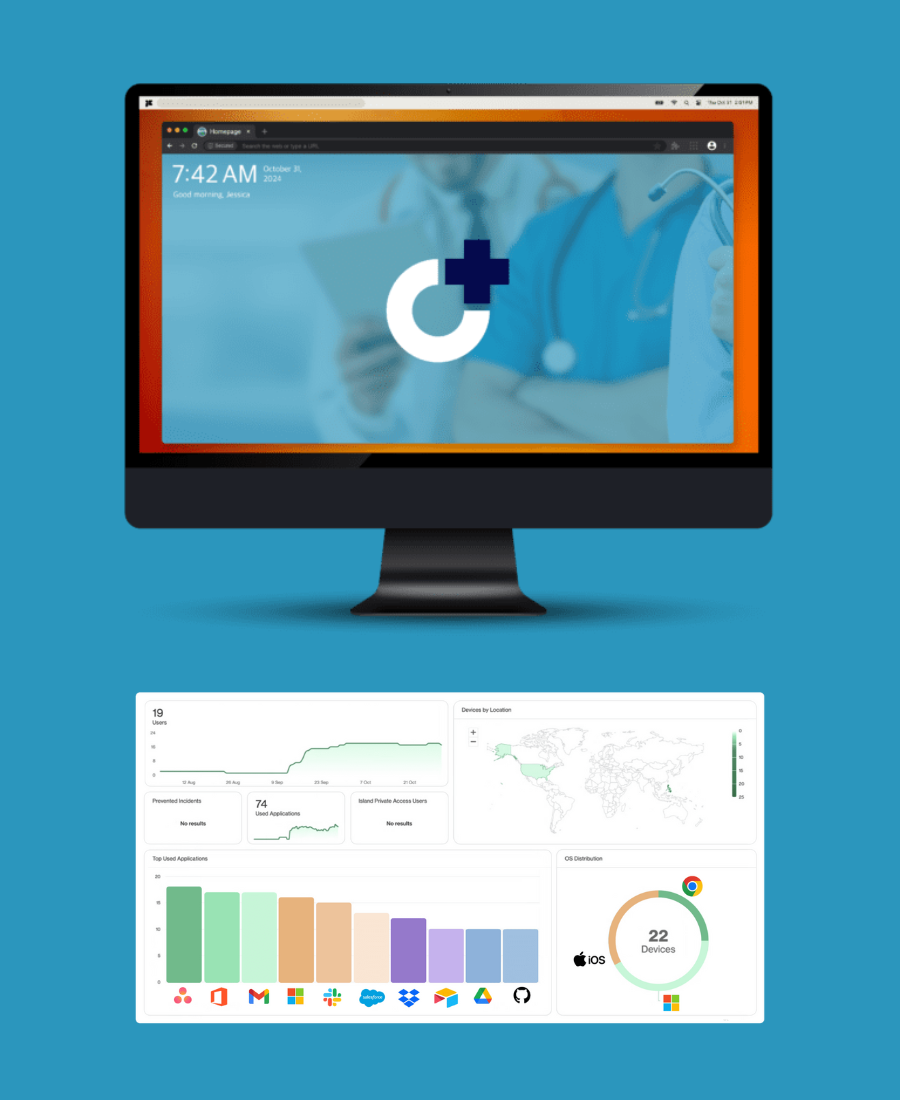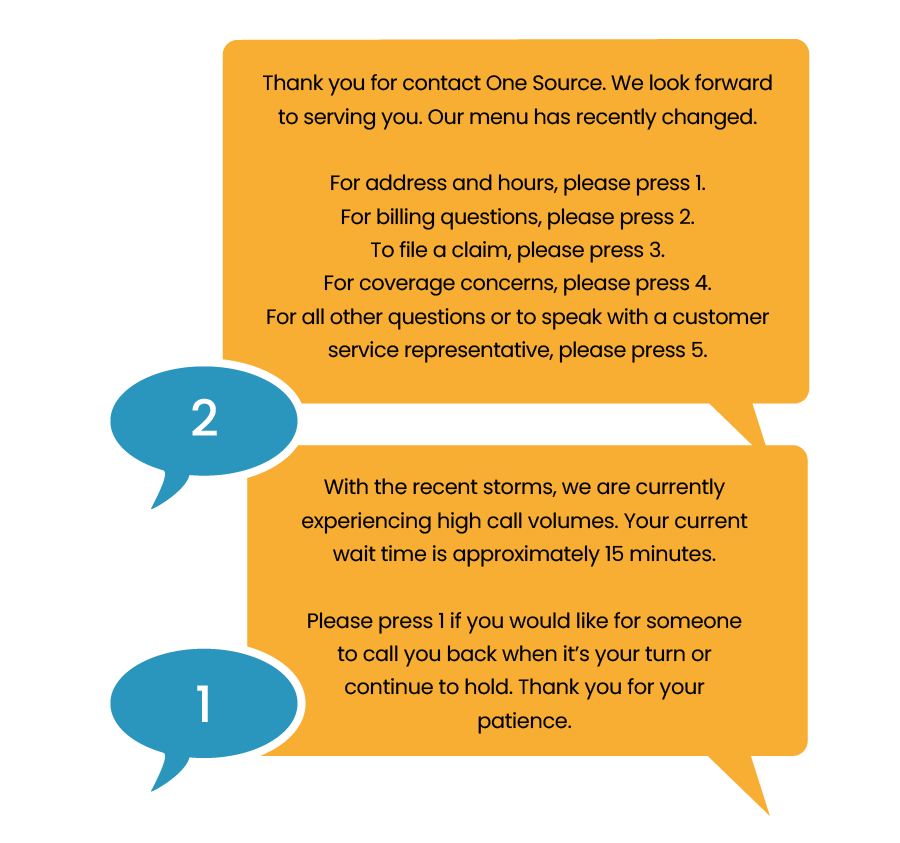In a fast-paced call center environment, tracking the outcome of every call is crucial. Whether you’re in healthcare, sales, customer service, debt collection, or technology support, Call Disposition Codes help you categorize and analyze interactions efficiently. By standardizing these codes, organizations can quickly identify trends, measure performance, and implement targeted improvements.
What Are Call Disposition Codes?
A Call Disposition code is a short, standardized label that an agent applies to a call to indicate its outcome. For example, after a customer service call, an agent might choose a code that signals whether the issue was resolved, escalated, or if additional follow-up is needed. This systematic approach helps companies generate accurate reports, streamline workflows, and enhance overall communication efficiency.
Healthcare
Member Services and Support Services Team
Optimizing call disposition codes in healthcare ensures efficient patient management and compliance with industry regulations.
- Ensure Compliance: Train staff to record dispositions accurately while strictly adhering to HIPAA and confidentiality standards.
- Detail-Oriented Coding: Use specific codes to distinguish between appointment confirmations, rescheduling, cancellations, and follow-up needs.
- Integrated Systems: Sync disposition codes with your electronic medical records (EMR) to maintain up-to-date patient information.
- Consistent Training: Regularly train and update staff on proper code usage to ensure consistency across the organization.
- Data-Driven Insights: Analyze disposition data to identify trends, improve patient scheduling, and enhance overall care coordination.
Disposition Code |
Descriptions |
|---|---|
|
Consented |
Member consented to enroll or participate |
|
Declined |
Member declined the service |
|
Callback Requested |
Member requested a follow-up call |
|
Left Voicemail (LVM) |
Voicemail message left for the member |
|
Not Eligible |
Member not eligible for the service |
|
Deceased |
Member reported as deceased |
|
Completed |
Support case successfully completed |
|
Need F/U |
Requires further follow-up contact |
Sales
Outbound Lead Generation and Account Management
A standardized approach to call disposition codes in sales can streamline lead management and drive higher conversion rates.
- Standardization Across Teams: Implement a unified set of codes that every salesperson uses to ensure data consistency.
- Lead Segmentation: Use disposition codes to effectively qualify and segment leads for targeted follow-up.
- CRM Integration: Connect call disposition data with your CRM system to track the sales pipeline and monitor conversion rates.
- Regular Performance Reviews: Use the data to assess call outcomes and identify areas for training or process improvement.
- Feedback Loop: Encourage feedback from sales agents on the practicality of codes and update them as needed to reflect real-world interactions.
Disposition Code |
Descriptions |
|---|---|
|
Interested |
Prospect expressed interest |
|
Not Interested |
Prospect not interested |
|
Follow-Up Needed |
Follow-up call scheduled |
|
Left Voicemail (LVM) |
Voicemail left for the prospect |
|
Call Back Later |
Prospect requested a call back |
|
Wrong Number |
Invalid or wrong contact number |
|
Sale Closed |
Sale successfully completed |
|
Escalated |
Call escalated to a manager or specialist |
Customer Service
Inbound and Outbound Support Teams
For customer service, clear and precise call disposition codes enable teams to resolve issues quickly and improve overall service quality.
- Accurate Outcome Tracking: Develop codes that clearly reflect whether issues were resolved, escalated, or require further follow-up.
- Escalation Management: Use specific codes to flag escalations, ensuring prompt attention from higher support tiers.
- Ongoing Training: Keep customer service teams informed with regular training on the importance and correct use of disposition codes.
- Actionable Analytics: Leverage call disposition data to monitor service performance and pinpoint recurring issues.
- Customer Feedback Integration: Incorporate disposition insights with customer feedback to continuously refine service processes.
Disposition Code |
Descriptions |
|---|---|
|
FCR |
Issue resolved on the first call |
|
Escalated |
Issue escalated to higher-level support |
|
Pending Information |
Awaiting additional information from caller |
|
Callback Required |
Caller requested follow-up contact |
|
No Answer/No Voicemail |
Call not answered; no voicemail left |
|
Transferred |
Call transferred to another department |
|
Complaint Logged |
Customer complaint recorded |
Debt Collection
Collection and Payment Follow-Up
In debt collection, utilizing detailed call disposition codes helps agents manage interactions more effectively and tailor their recovery strategies.
- Clear Differentiation: Develop clear, distinct codes to capture various outcomes like promises to pay, disputes, and no-answer calls.
- Consistency in Usage: Ensure all agents use the codes uniformly to generate reliable data for strategy adjustments.
- Regular Audits: Periodically review call dispositions to verify accurate usage and identify opportunities for process improvement.
- Strategic Follow-Ups: Use the data to prioritize follow-ups and tailor collection strategies based on customer responses.
Disposition Code |
Descriptions |
|---|---|
|
Payment Made |
Payment successfully processed |
|
Payment Arrangement |
Payment plan or arrangement set up |
|
No Payment Commitment |
Caller did not commit to making a payment |
|
Left Voicemail (LVM) |
Voicemail left for debtor |
|
Wrong Party |
Reached a wrong or incorrect contact |
|
Callback Scheduled |
Follow-up call scheduled |
Technology Support
Troubleshooting and Technical Support
For technology support, well-defined call disposition codes facilitate quick issue resolution and improve the efficiency of technical troubleshooting.
- Comprehensive Coding: Use detailed codes to capture outcomes, such as issue resolution, escalations, bug reports, or pending response.
- Evolving Definitions: Regularly update and refine codes to match the fast-paced nature of technology and support scenarios.
- Integrated Ticketing: Integrate disposition codes with your ticketing system to correlate call outcomes with resolution times and trends.
- Agent Empowerment: Train technical support teams on precise coding to ensure accurate documentation of complex issues.
Disposition Code |
Descriptions |
|---|---|
|
Issue Resolved |
Technical issue resolved |
|
Escalated to Tier 2 |
Issue escalated to higher-level support |
|
Pending Update |
Awaiting updates from development or admin |
|
Follow-Up Required |
Additional contact or troubleshooting needed |
|
No Issue Found |
No technical issue detected |
|
Callback Requested |
User requested a follow-up call |
Disposition Codes Final thoughts
Call disposition codes are more than just administrative labels—they are a strategic asset for your business. By providing a clear snapshot of every customer interaction, these codes help you understand the effectiveness of your communication strategies and identify areas that need improvement. Whether you’re streamlining appointment bookings in healthcare, qualifying leads in sales, or troubleshooting technical issues in IT support, integrating disposition codes into your daily operations enables you to monitor performance, allocate resources effectively, and make informed decisions that drive your business forward.








